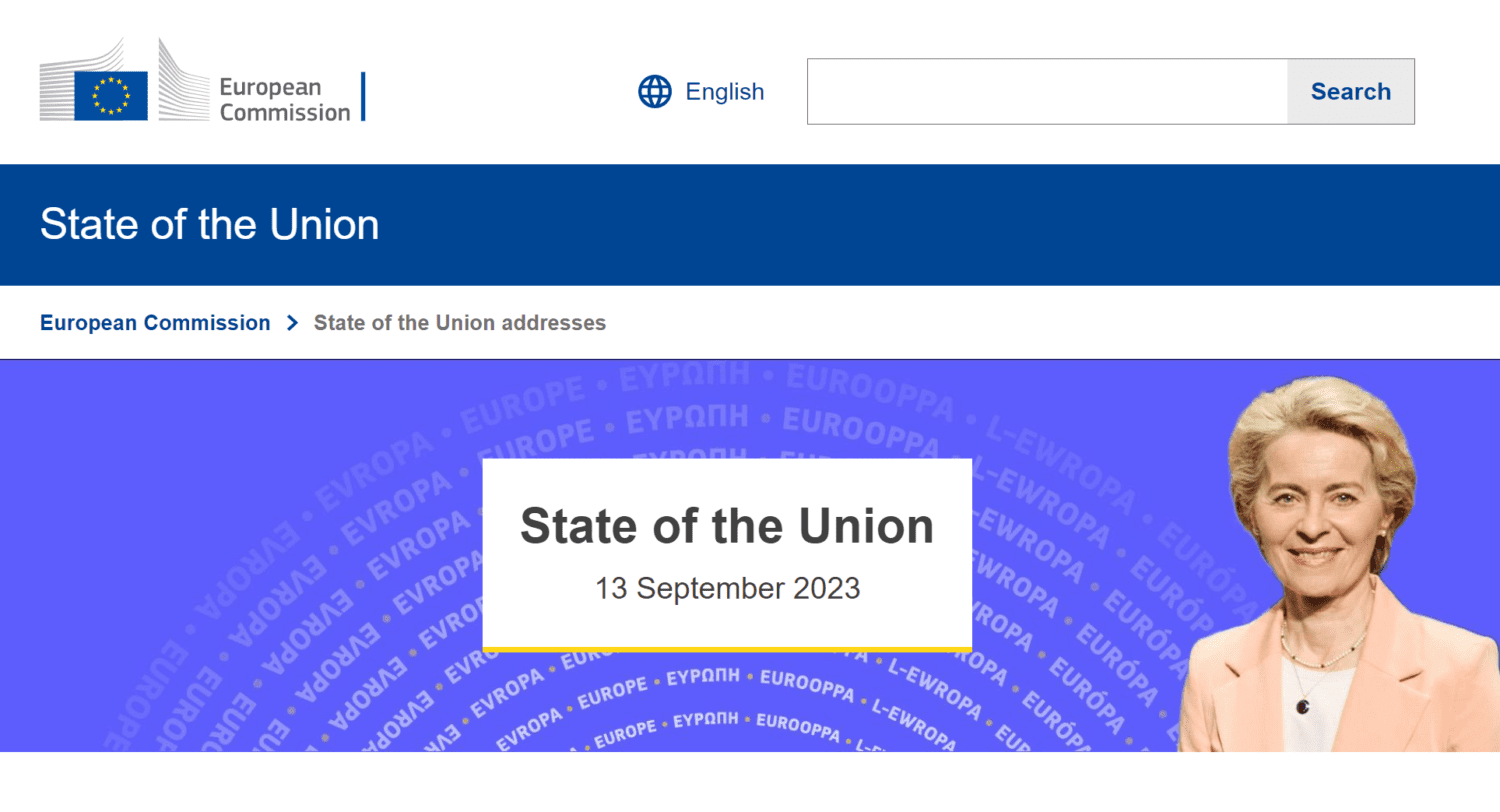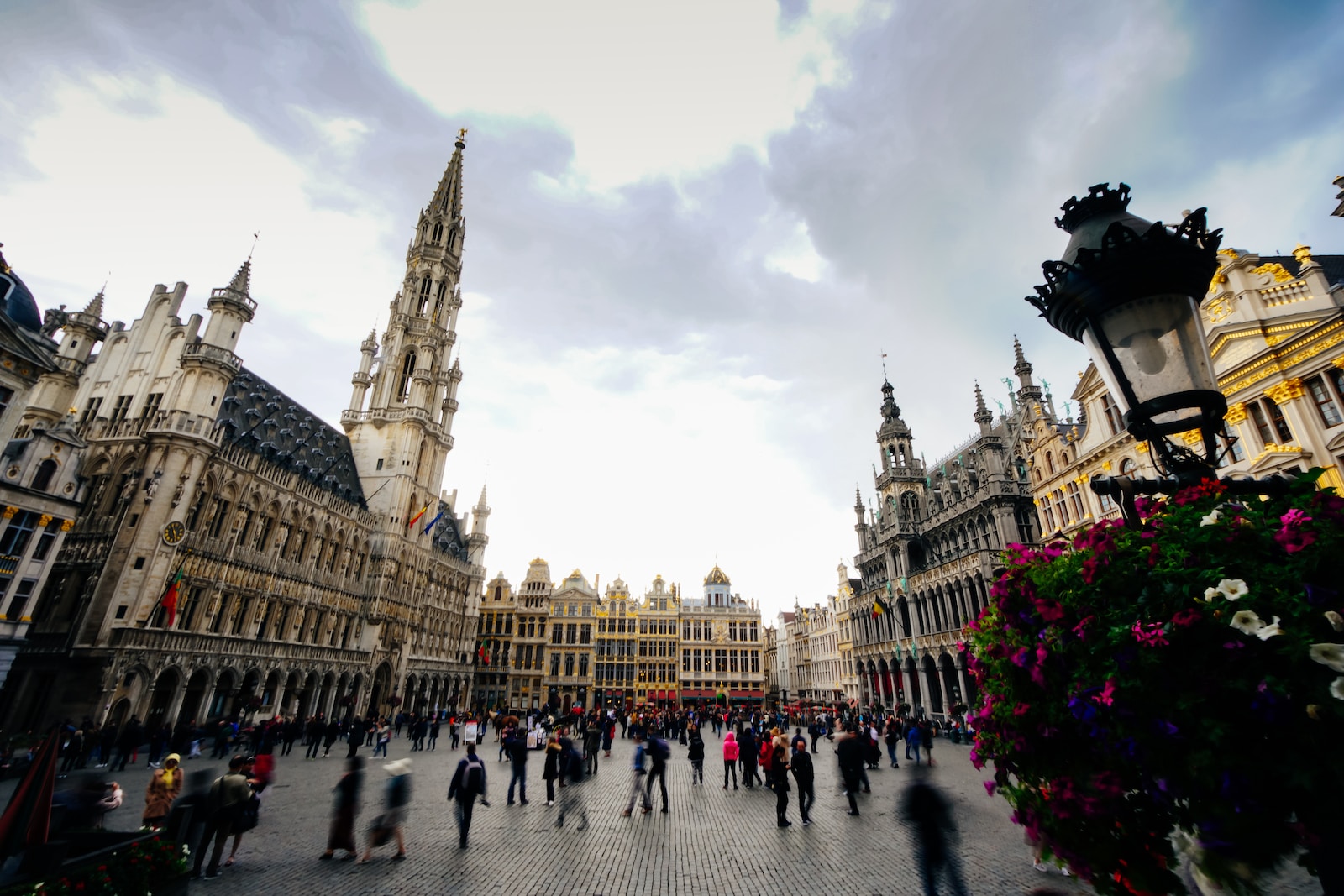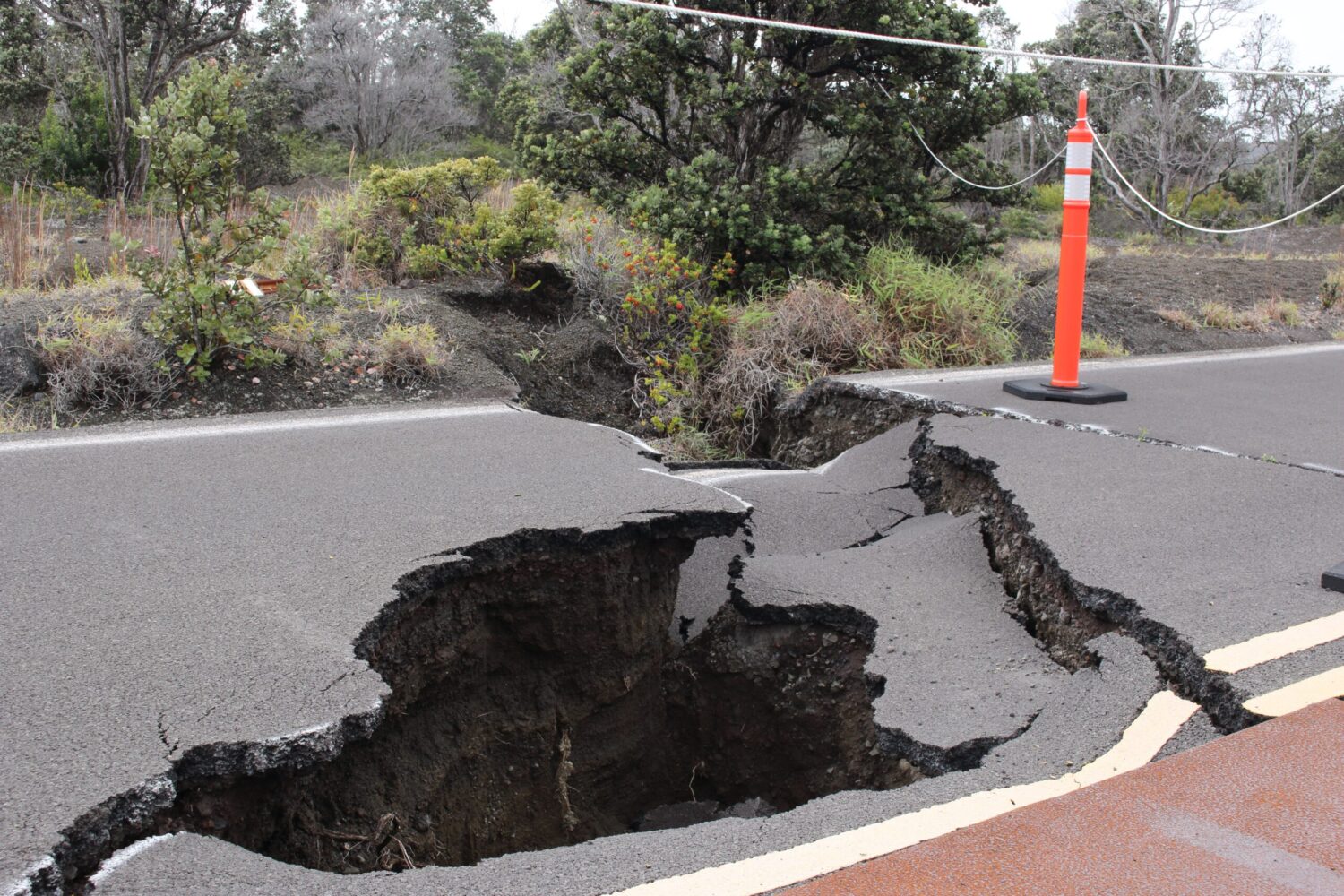Brussels, September 13 2023. In a moment for the European Union, Ursula von der Leyen, the President of the European Commission is preparing to deliver her eagerly awaited State of the Union speech on September 13th.
Given the challenges confronting the continent, including geopolitical tensions and climate change, this address is anticipated to establish the direction, for the EUs path in the upcoming year. This address, the final one of von der Leyen’s current mandate, promises to encapsulate the collective spirit of unity that defines the Union’s character.
Last year, in her 2022 State of the Union speech, President von der Leyen underlined the importance of solidarity, declaring, “This is Europe’s spirit. A Union that stands strong together. A Union that prevails together.” As she prepares to address the EU once again, her words carry even greater weight, as the Union reflects on a year of unprecedented trials.
Over the past year, the European Union has navigated a complex tapestry of challenges with resilience and determination. The energy crisis tested the continent’s resourcefulness, while the influx of Ukrainian refugees marked a humanitarian response on an unprecedented scale.
In the face of these trials, the EU displayed remarkable resolve, bolstering its economy through strategic investments and upholding its core values of equality, inclusiveness, and social fairness.
In her upcoming address, President von der Leyen is expected to highlight the following key achievements:
- Solidarity with Ukraine and Accountability for Russia: The EU took decisive measures to support Ukraine and hold Russia accountable for its actions. This included diplomatic efforts, economic sanctions, and collective defence commitments that underscored the Union’s commitment to its Eastern partners.
- Economic Resilience and Investment: Unprecedented European investments provided a much-needed boost to the economy. This commitment to economic vitality both at home and abroad reflects the EU’s dedication to fostering stability and prosperity.
- Energy Security and Sustainability: The Union successfully navigated an energy war with Russia, demonstrating its ability to safeguard its energy supply and champion sustainable practices. This achievement underscores the EU’s commitment to combating climate change and reducing dependency on external sources.
- Accelerating the Green and Digital Transitions: The EU’s ambitious drive to transition towards a greener and more digitally integrated economy was accelerated. This commitment positions the Union as a global leader in innovation and sustainable development.
- Upholding Core Values: The European Union remained unwavering in its dedication to equality, inclusiveness, and social fairness, even in the face of challenges.
President von der Leyen’s address will also outline the overarching priorities for the year ahead, which include:
- Advancing the European Green Deal to combat climate change and promote resource efficiency.
- Fostering a digital transition that is human-centred and innovation-friendly.
- Building a stronger global presence for the European Union by making sustainable investments in infrastructure and engaging with multiple countries.
- Ensuring the European way of life by upholding the rule of law and facilitating safe and lawful migration.
- Encouraging and fostering European democracy through increased citizen engagement and active participation.
As Ursula von der Leyen prepares to deliver her State of the Union address during her current term all attention is focused on the European Union. In a time marked by challenges and possibilities her vision, for a more robust and resilient Europe serves as a symbol of optimism and cohesion. The upcoming address, scheduled to be broadcast on September 13th not only aims to reflect on the EU’s journey but also to shed light on the path ahead emphasizing solidarity, innovation and mutual prosperity.














